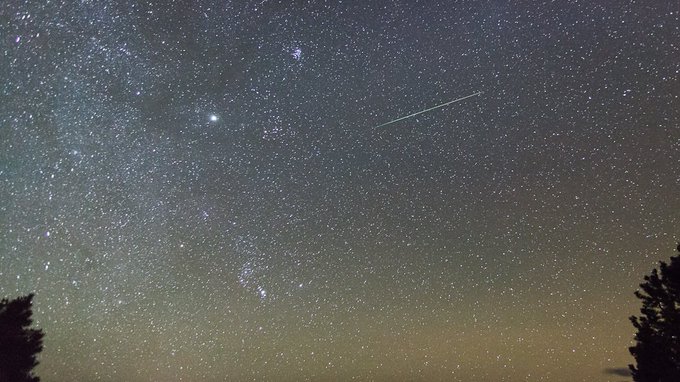Star gazers are in for a treat this month as the annual Orionid meteor shower will light up the night skies from October 2 through to November 7.
As the name suggests, the event is called Orionid meteor because the meteors originate from the Orion constellation, which is approximately 243 to 1,360 light years away from Earth.

During the Orionid meteor, often shortened to just ‘Orionids’, viewers can expect to see a peak in meteor activity in the hours just before dawn, with a peak in activity expected to take place on the morning of October 21.
Orionid meteors are known for their brightness and speed, travelling at around 66 km/s into the Earth’s atmosphere. Fast meteors can leave glowing trains in their wake, which can last for minutes or mere seconds, according to NASA.
NASA suggests finding an area well away from city or street lights and to come prepared with a sleeping bag, blanket or lawn chair, as the event will take place during the early hours of the morning.
Lie down flat on your back with your feet facing northeast if you are in the Southern Hemisphere, and look up. This will give you an uninterrupted view of as much of the night sky as possible. Also try to stay away from light emanating from your smartphone or camping lights, as your eyes will need time to adjust to the dark, after around 30 minutes of darkness, your eyes would have properly adjusted and you’ll start to see meteors lighting up the night sky.
During peak activity, approximately 15 meteors can be seen per hour in moonless skies, although as many as 70 meteors per hour have been recorded in past years.
Take a look at what to expect from the Orionid meteor shower below:
Picture: Twitter/@SempreVitorioso















